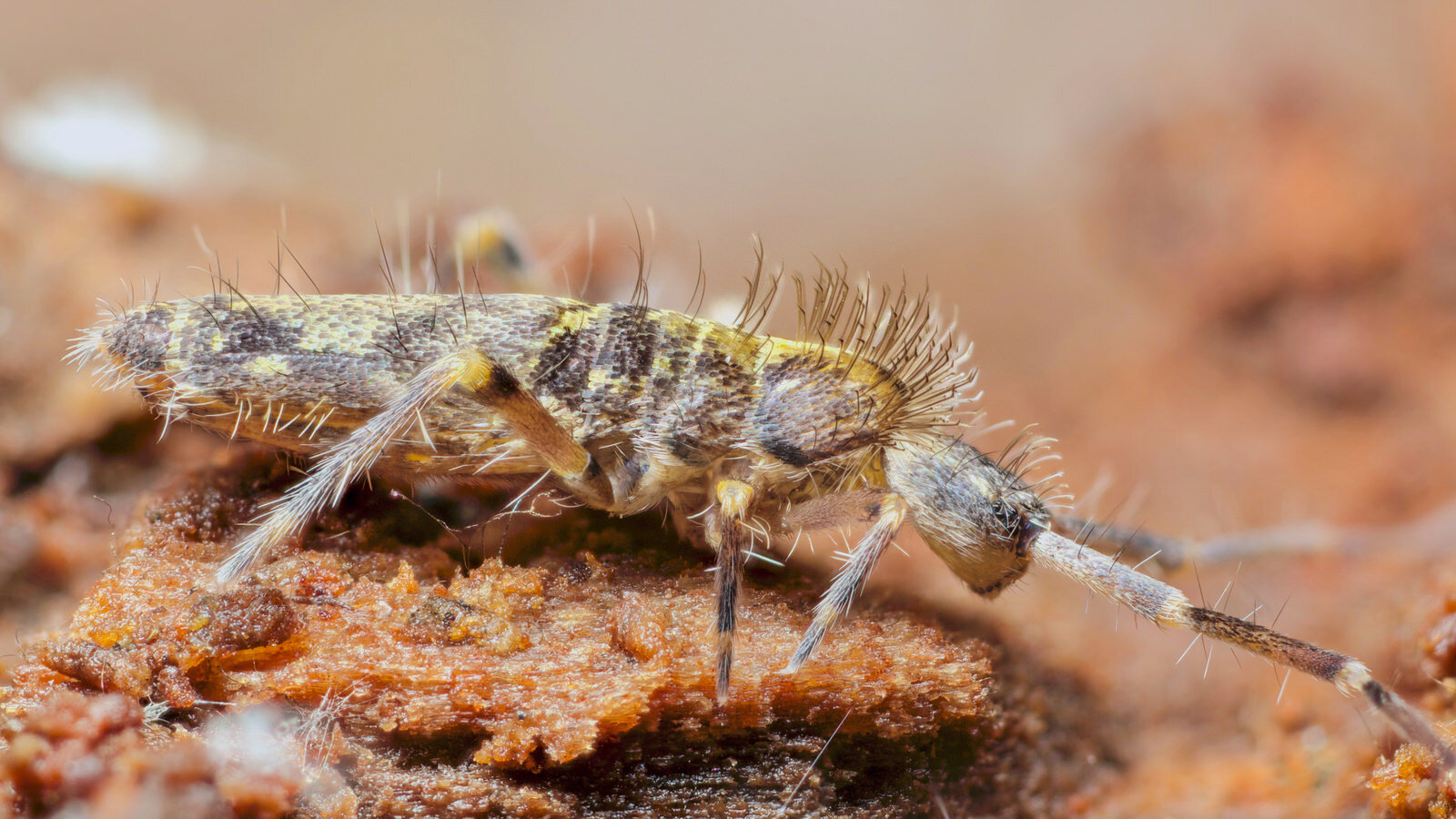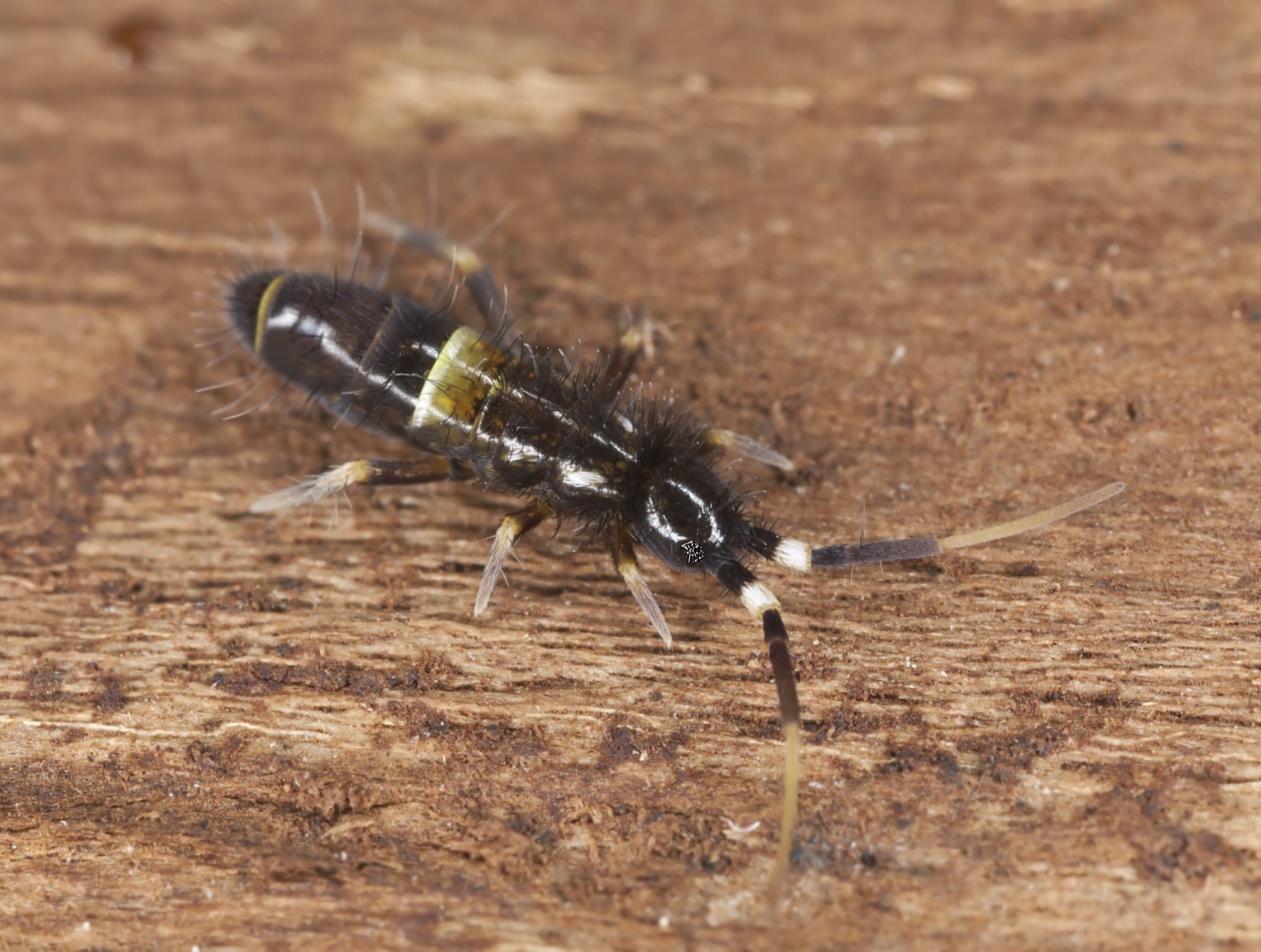Understanding Their Behavior: Small Bugs In Bathroom That Jump

These tiny, jumping creatures might seem like a nuisance, but understanding their behavior can help you manage them effectively. They are not actually bugs, but rather tiny crustaceans called springtails.
Life Cycle and Breeding Habits
Springtails have a fascinating life cycle, undergoing metamorphosis in four stages: egg, larva, pupa, and adult. The females lay eggs in moist environments, often in clusters. The larvae hatch from the eggs and molt several times as they grow, eventually reaching the pupa stage. After a period of development, they emerge as adults, ready to reproduce. Springtails are known for their rapid reproduction, with several generations possible in a year.
Reasons for Jumping
Their jumping ability is a key characteristic, serving as a defense mechanism to escape predators. The springtail’s “spring” is a special organ called the furcula, located on the underside of the abdomen. When threatened, they spring into the air, propelling themselves away from danger. Jumping also plays a role in mating rituals, allowing males to attract females.
Feeding Habits and Preferred Food Sources
Springtails are primarily detritivores, feeding on decaying organic matter. Their diet in the bathroom environment typically consists of mold, mildew, hair, and other organic debris. They play an important role in decomposition, breaking down organic materials and contributing to the ecosystem.
Controlling the Infestation

You’ve identified the culprits, understood their behavior, and now it’s time to take action! Time to show those little jumpers who’s boss of the bathroom. Here’s how to get rid of them and keep them from coming back.
Natural Remedies
Natural remedies are a great way to start tackling the infestation. They’re generally safer for you and your pets, and they can be just as effective as chemical solutions. Here are a few natural methods you can try:
- Diatomaceous earth: This fine powder is made from fossilized algae and is deadly to insects. It works by scratching their exoskeletons, causing them to dehydrate. Simply sprinkle it around the areas where you’ve seen the bugs, especially in cracks and crevices. Just make sure to wear a mask when applying it, as it can irritate your lungs.
- Borax: This natural mineral is also effective at killing insects. Mix it with water to create a paste and apply it to areas where the bugs are present. You can also sprinkle it around the bathroom floor, but be careful not to let children or pets come into contact with it.
- Essential oils: Some essential oils, such as peppermint and tea tree, have insecticidal properties. You can add a few drops of essential oil to a spray bottle filled with water and spray it around the bathroom. You can also place cotton balls soaked in essential oil in areas where you’ve seen the bugs.
Commercial Pest Control Products, Small bugs in bathroom that jump
If natural remedies aren’t working, you may need to turn to commercial pest control products. There are a variety of products available, including sprays, traps, and baits. When choosing a product, make sure it’s specifically designed for the type of bug you’re dealing with. It’s also important to follow the instructions on the label carefully.
Preventive Measures
The best way to deal with any infestation is to prevent it from happening in the first place. Here are some tips for keeping those pesky jumpers out of your bathroom:
- Seal cracks and crevices: These bugs can squeeze through even the smallest openings. Use caulk or sealant to seal any cracks or crevices in your bathroom, especially around the sink, tub, and toilet.
- Remove food sources: These bugs are attracted to food and water. Make sure to clean up any spills or crumbs immediately. Also, keep your garbage can tightly sealed and empty it regularly.
- Maintain bathroom hygiene: Regularly clean and disinfect your bathroom. This includes wiping down surfaces, cleaning the toilet, and mopping the floor.
